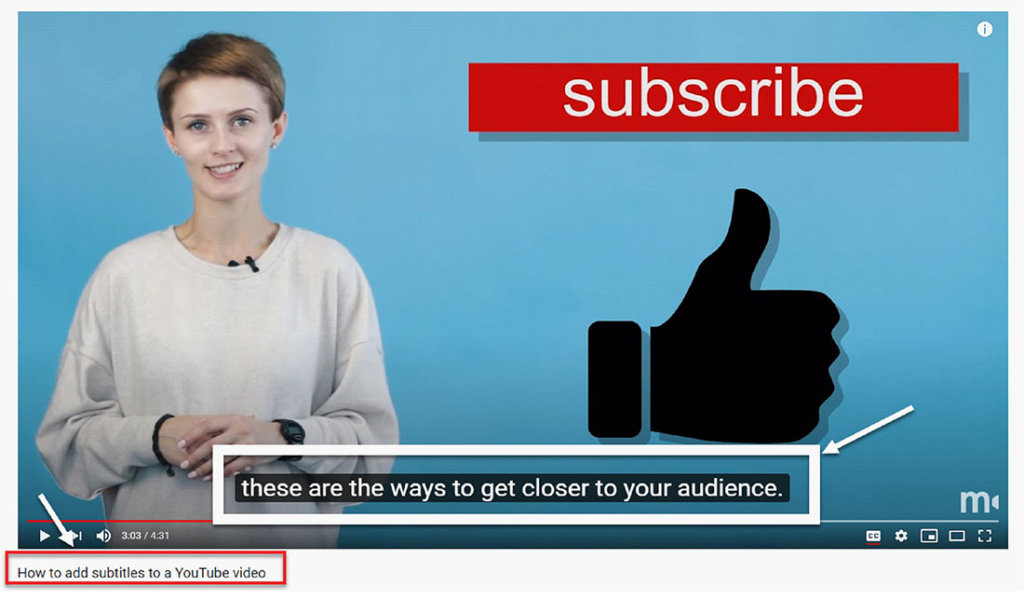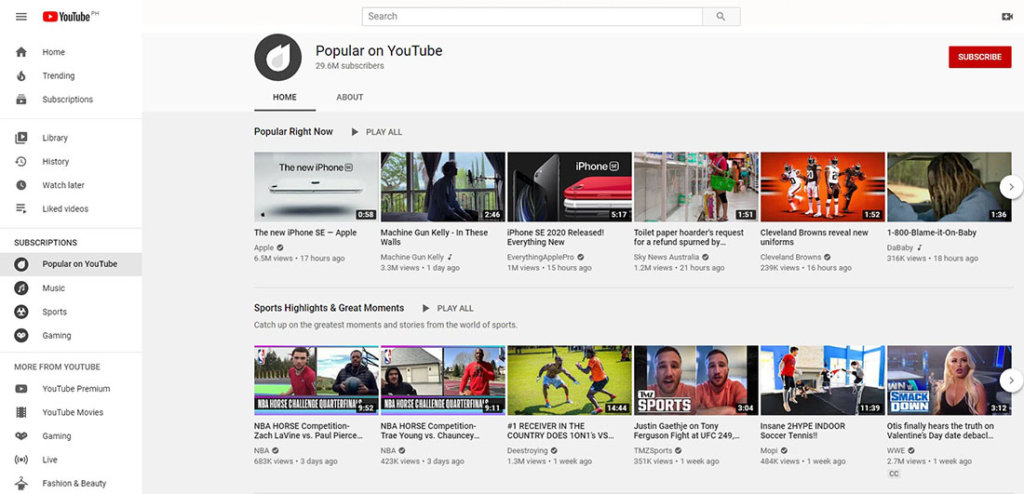4 Essential Tips for Making SEO-Friendly Videos
Writing informative articles to inform, engage, and entertain your audience is a sure-fire way to encourage your web visitors to return to your website. However, using this content type over and over again can get old fast. If you’re looking for other ways to fulfil the needs of your visitors and keep them entertained, why don’t you try posting videos for a change?
There are many reasons why people spend billions of hours watching videos on YouTube every day. For starters, videos are very entertaining. Compared to written articles, they are easier to digest. They enable you to learn and discover a lot of information in a relatively shorter amount of time since it is easier for the human brain to process images than words.
From an SEO perspective, videos can help you obtain higher search rankings. Research showed that adding a video to your website can increase your chances of landing on the first page of Google by up to 53 times.
Videos are fun to produce, too. While it may look challenging at first, creating videos can be fun once you get the hang of it. Although most people prefer professionally produced videos, you can quickly get started as long as you have a camera, a computer, and Internet access.
How to Make SEO-Friendly Videos
One study showed that videos make up over 60% of general searches on Google. With a large volume of videos occupying search result pages or SERPs, you’d want yours to be more visible and searchable online. Fortunately, there are ways to make SEO-friendly videos. Whether you’re a complete beginner or an experienced creator, here’s how you can optimise your videos for search engines.
1. Add captions/subtitles
As you know, text of any kind is a vital component of SEO. For this reason, you should consider adding captions or subtitles to your videos. With captions, Google’s search bots can crawl your videos and collect information about them. Then, they will use the collected information to rank your videos on Google. The higher your rank, the more visible your videos will be. The more visible they are, the more traffic you can generate for your website.
Adding captions can be useful to your audience, too, especially when they view your videos in public places. It allows them to watch your content in silent mode and still understand its message. It also enables you to expand your audience to include those who are hearing-impaired.
2. Prioritise your best videos
You might be tempted to embed as many videos as you can in one post or webpage. However, such a practice is counter-productive since Google’s search bots usually stop crawling your site for videos once they find the first one. Therefore, make sure you choose the best of the best to get better search rankings.
When choosing which video to prioritise, consider the following factors:
- Mobile-friendliness – consider the video’s length, dimension, and loading speed.
- SEO-friendliness – include keywords in the title, caption, and description.
- Overall quality – ensure your videos are clear and have good lighting and sound. More importantly, they should be relevant to your target audience.
3. Choose a good thumbnail for your video
Thumbnails are a vital component of SEO-friendly videos. They give your audience an idea of what your video is all about even before they hit the play button. Aside from that, thumbnails help with your search rankings, too. A previous study showed that having a thumbnail can help double your traffic and online visibility.
To encourage more people to view your videos, don’t set your thumbnails to “auto-select.” Otherwise, your thumbnail could end up being an ugly frozen frame that could scare potential viewers away. Instead, choose a frame that best illustrates the message of your video.
4. Host videos from your site
Most of the time, businesses and marketers host their videos from YouTube and other video streaming sites. From a business standpoint, this makes sense because it is faster and cheaper. However, when you host from other sites, you’re also sending visitors to a website other than yours.
For this reason, you should consider hosting SEO-friendly videos from your website. This way, when someone shares your video, they are sharing your site as well. When posting videos on your site, you should improve your indexing by posting one video per page to enhance SEO.
On the other hand, if you decide to use a third-party video hosting site such as YouTube, ensure that you include a link to your main website in the video description. Alternatively, you can post the video on your YouTube channel and then embed or post the link on your webpage. Then, promote the post on your social media accounts. This allows your visitors to find your video easily and stream it directly on your website.
Conclusion
If you want to provide your audience with something new and different, videos make an excellent alternative to written articles and blog posts. Similar to written content, however, there are steps you should take to optimise videos for search engines. As such, make sure to consider the pointers discussed above to make your videos more SEO-friendly.
Do you need help making your videos more visible and searchable online? We can assist you. Because we take video SEO seriously, we can put up a plan designed to take your videos to the next level. Contact us at Springhill Marketing today.
Drive Your Business Towards The Best Results.
Talk to us about how we can help.














